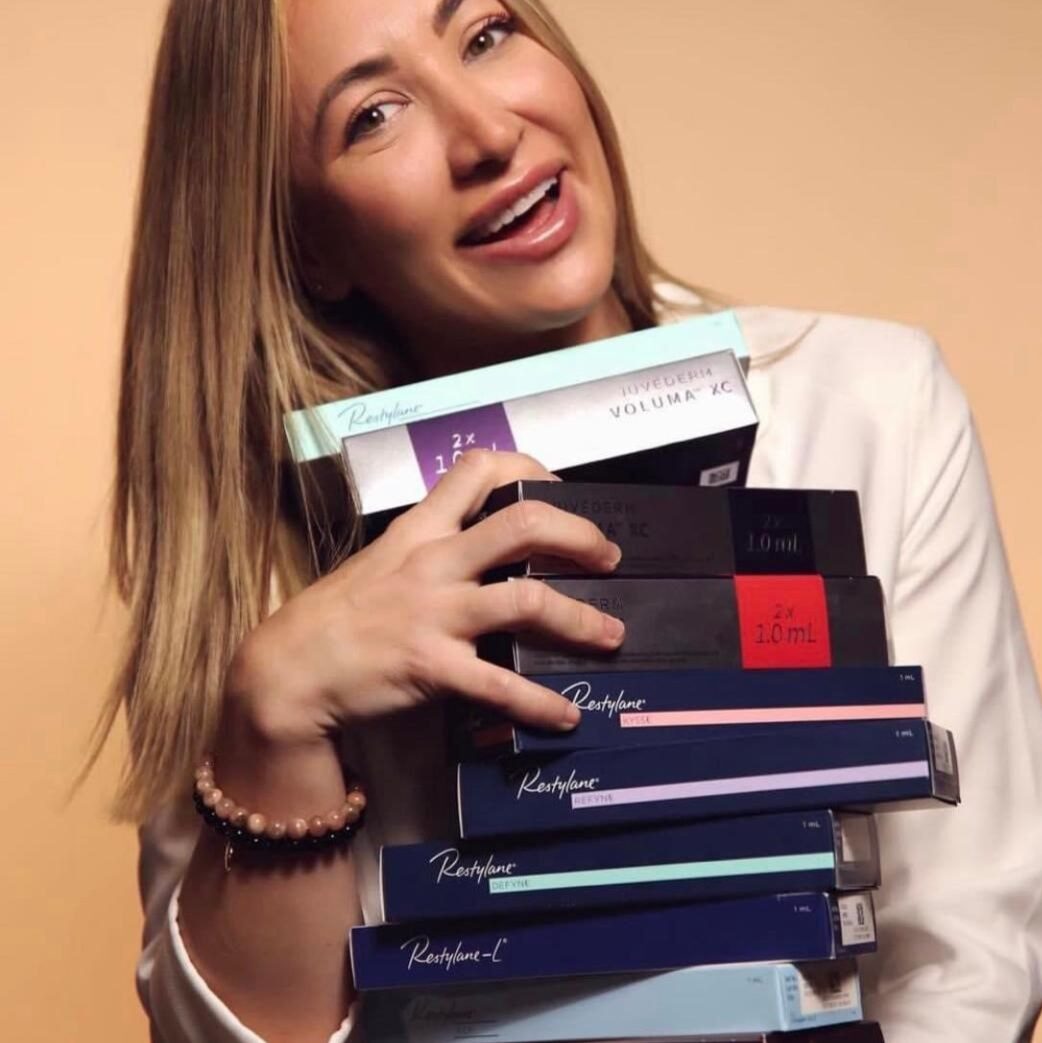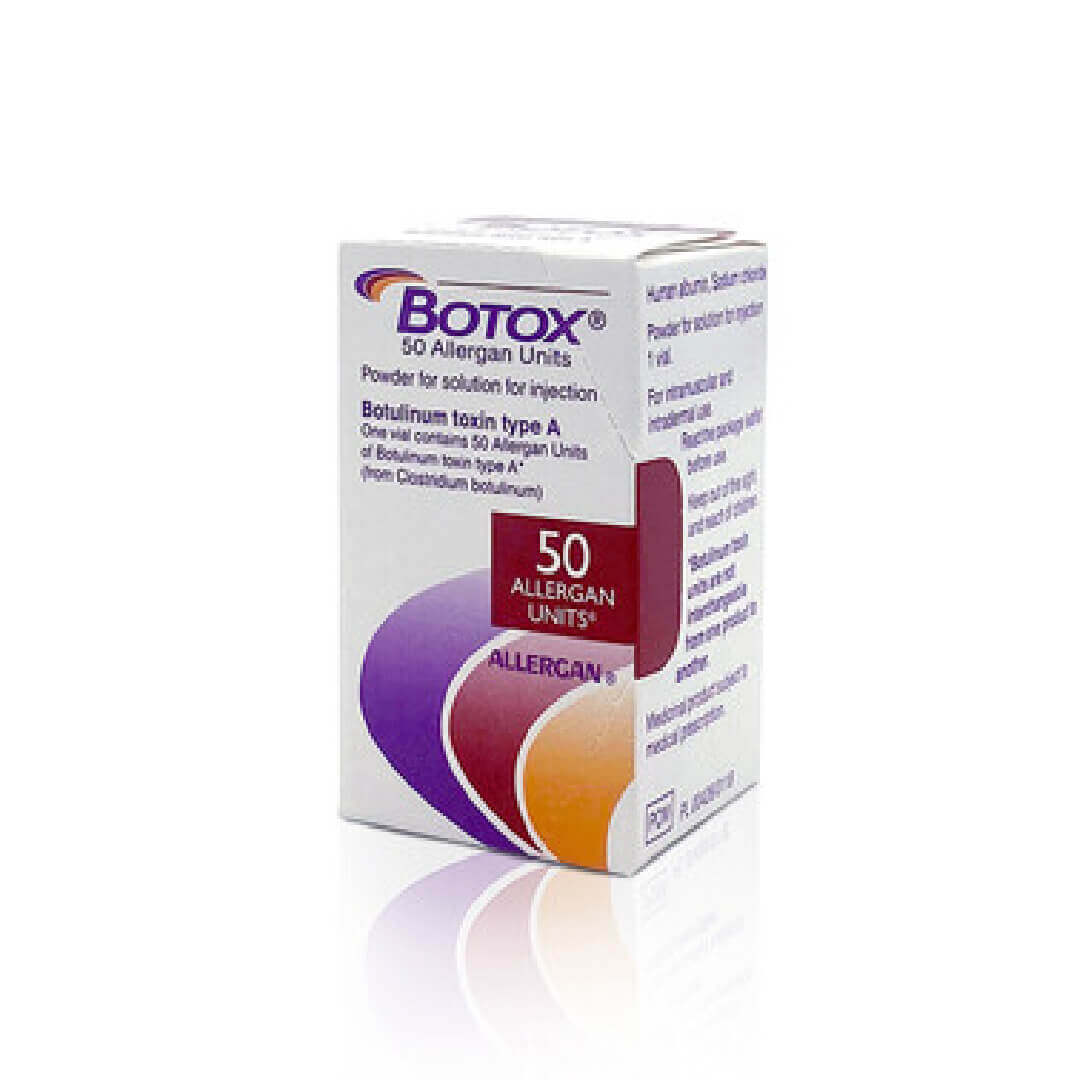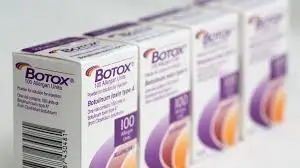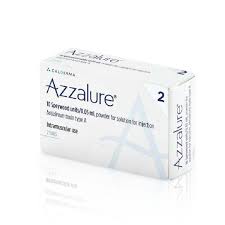Botox: What It Is, How It Works, and How Long Does Botox Last
Botox is one of the most popular non-surgical cosmetic treatments used globally. These neurotoxin injections effectively reduce the appearance of facial wrinkles and fine lines by temporarily relaxing facial muscles. While Botox injections focus on aesthetic improvements, other treatments like Mounjaro for weight loss target different health concerns. Botox is widely chosen for its quick results, minimal discomfort, and almost no downtime. In contrast, those following a Mounjaro weight loss diet plan or Mounjaro meal plan may experience more gradual changes over time, often incorporating a Manjaro diet approach for optimal results.
What Is Botox?
Botox is a purified form of botulinum toxin, a neurotoxin. When used in small, controlled doses, it safely and effectively blocks nerve signals to the muscles, promoting muscle relaxation. This action helps the muscles relax, making wrinkles and expression lines less visible. Unlike treatments such as Mounjaro meal plans that focus on weight management through dietary changes and consideration of tirzepatide foods to eat, Botox treatment specifically targets facial aesthetics without requiring modifications to what you eat or drink.
How Does Botox Work?
Botox injections work by temporarily blocking communication between nerves and muscles. When injected into targeted facial muscles, it halts the movement that causes dynamic wrinkles. This leads to smoother skin and a refreshed appearance. The FDA-approved treatment is an outpatient procedure that typically takes only 10-15 minutes. In contrast, Mounjaro weight loss diet plans work by regulating appetite and metabolism to promote weight reduction. These plans often involve guidance on what to eat on Mounjaro and what not to eat on Mounjaro to optimize results, including considerations about eating sugar on Mounjaro and managing sodium intake.
Common Botox Injection Sites:
- Forehead wrinkles
- Frown lines (glabellar lines)
- Crow’s feet (around the eyes)
- Bunny lines (on the nose)
- Chin dimples and neck bands
For medical conditions, Botox is also approved to treat:
- Chronic migraines (migraine treatment)
- Excessive sweating (hyperhidrosis treatment)
- Overactive bladder
- Muscle stiffness and spasms
How Long Does Botox Last?
A frequently asked question is, “How long can Botox last?” On average, Botox duration is three to four months. However, longevity varies between individuals. This duration is different from the ongoing nature of following a Mounjaro diet plan or tirzepatide diet, which require consistent adherence for long-term results. While Botox effects are temporary, those on a Mounjaro regimen might need to continuously monitor what can I eat on Mounjaro to maintain their weight loss progress, including considerations about caffeine consumption and incorporating spicy foods in moderation.
Factors That Influence How Long Botox Lasts:
- Muscle strength: More expressive facial muscles may metabolize Botox quicker.
- Dose used: Larger doses may prolong effects.
- Frequency of treatments: Regular use may train muscles to stay relaxed longer.
- Lifestyle habits: Smoking, sun exposure, and high metabolism can reduce duration. Similarly, consuming alcohol, high carbohydrate content foods, or fatty foods might affect Mounjaro’s effectiveness. Those following a Mounjaro plan might need to limit baked goods, bagels, and other high-carb options.
With consistent maintenance treatments, some patients report Botox lasting up to 5-6 months. However, it is advisable to schedule retreatment every 3-4 months to maintain optimal results. How long does Botox last the first time? Generally, first-time users may experience results lasting around 3-4 months, but does Botox last longer the second time? Some patients report slightly longer-lasting effects with subsequent treatments.
Read more about how Botox works at the Mayo Clinic
Benefits of Botox
Botox is popular not only because of its aesthetic benefits but also due to the convenience and safety it offers:
- Non-surgical treatment
- Quick in-office procedure (10–15 minutes)
- Minimal pain or discomfort
- No recovery time needed
- Reliable anti-aging results
While Botox focuses on cosmetic purposes, treatments like Mounjaro for weight loss offer different benefits, such as improved metabolic health and weight management. Those on a Mounjaro diet plan might see benefits like reduced appetite and improved blood sugar control, in addition to weight loss. Some even explore options like a brazilian mounjaro recipe to add variety to their meal plans while staying within dietary guidelines.
Risks and Side Effects
Although Botox is considered safe, some side effects may occur:
- Mild pain or swelling at the injection sites
- Headache
- Flu-like symptoms
- Temporary eyelid drooping
- Dry eyes or tearing
Most side effects are temporary and resolve on their own. It’s worth noting that the side effects of Botox differ from those associated with weight loss treatments like Mounjaro, where patients might need to be cautious about foods to avoid on Mounjaro. For instance, consuming high glycaemic index foods, refined carbohydrates, or sugary foods might interfere with Mounjaro’s effectiveness. Additionally, patients may need to limit intake of trans fats, fried foods, and candy to optimize their results.
For a complete breakdown, check the Cleveland Clinic’s guide to Botox
How to Maximize Your Botox Results
To make Botox last longer and ensure optimal wrinkle reduction, follow these tips:
- Avoid rubbing or touching the treated areas
- Stay upright for 4 hours post-treatment
- Avoid strenuous exercise for 24 hours
- Wear sunscreen and limit UV exposure
- Avoid alcohol and smoking
- Maintain a consistent treatment schedule
These aftercare tips are specific to Botox and differ from recommendations for what to eat on Mounjaro or best foods to eat on Mounjaro for weight loss results. While Botox patients focus on minimizing facial movements, those on a Mounjaro meal plan might concentrate on incorporating high fiber foods and avoiding processed meats or full fat dairy products. They might also need to be mindful of fruit choices, potentially limiting overripe bananas due to their higher sugar content.
For more expert tips on what not to do after Botox, read North Raleigh Plastic Surgery’s Botox aftercare advice
Who Should Avoid Botox?
Botox may not be suitable for:
- Pregnant or breastfeeding women
- People with neuromuscular disorders
- Anyone allergic to Botox or its components
Always consult a licensed healthcare provider before starting treatment. Similarly, individuals considering Mounjaro weight loss diet plans should consult their healthcare provider, especially regarding tirzepatide foods to avoid and potential interactions with existing medications or health conditions.
Frequently Asked Questions
Q: Does Botox hurt? A: Most patients experience only slight discomfort, often compared to a pinprick.
Q: When will I see results? A: Results usually appear within 3 to 5 days, with full results visible in 10 to 14 days. How long does Botox take to settle? It typically takes about two weeks for Botox to fully settle and show its maximum effect.
Q: How often to get Botox? A: For maintenance, most providers recommend treatment every 3 to 4 months.
Q: How does Botox compare to weight loss treatments like Mounjaro? A: While Botox focuses on cosmetic improvements, Mounjaro is designed for weight loss. The diet on Mounjaro and what to eat while taking Mounjaro for weight loss are key components of its effectiveness, unlike Botox which doesn’t require specific dietary changes. For example, those on Mounjaro might need to limit white rice, white bread, and starchy vegetables, while Botox patients have no such restrictions.
Q: Are there alternatives to Botox? A: Yes, other neurotoxin injections like Dysport and Jeuveau are available. These work similarly to Botox but may have slight differences in onset and duration.
Final Thoughts
Botox is an effective, safe, and convenient cosmetic treatment for reducing the signs of aging. Whether you’re looking to smooth frown lines, lift your brows, or prevent new wrinkles from forming, Botox injections offer real results with minimal interruption to your daily life.
Still wondering how long facial Botox lasts? With good care and regular maintenance, you can enjoy smooth, youthful skin for months. For those interested in weight management, exploring options like Mounjaro food to avoid or what to eat on tirzepatide might be more relevant. A Mounjaro diet plan might include recommendations to avoid artificial sweeteners, diet soda, and fizzy drinks, while encouraging consumption of nutrient-dense, low-calorie foods.
While Botox patients focus on maintaining their youthful appearance, those following a Mounjaro meal plan might be more concerned with what I eat in a day on Mounjaro. This could involve choosing lean proteins, vegetables, and whole grains while limiting greasy foods, added sugars, and saturated fats. It’s important to note that while some enjoy indulgences like watermelon, mango, or pineapple on Mounjaro, others might need to be cautious with fruits high in natural sugars.
Whether you’re considering Botox for cosmetic purposes or exploring Mounjaro weight loss diet plans for health improvement, always consult with healthcare professionals to determine the best approach for your individual needs and goals. Remember, Botox does not last forever, but with proper care and regular touch-up treatments, you can maintain your desired look for extended periods.
For in-depth medical insights, explore this comprehensive Botox resource by Healthline





Reviews
There are no reviews yet.